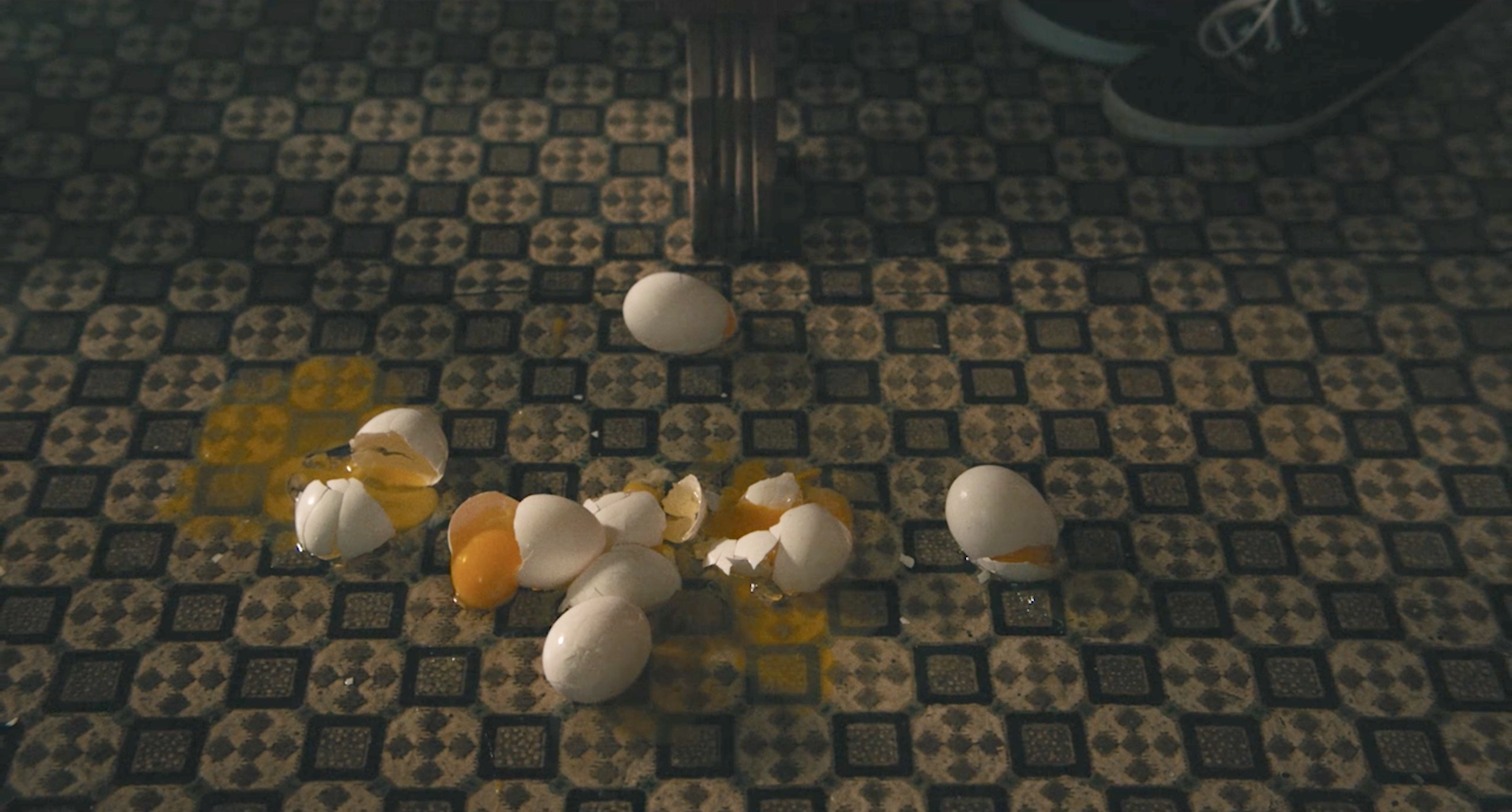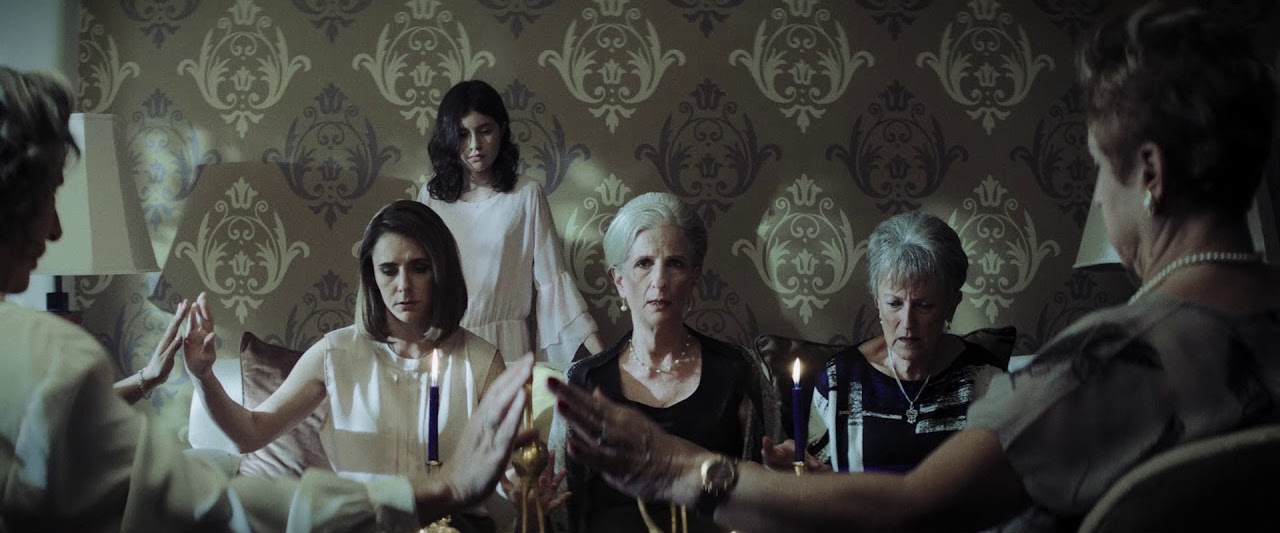"The Furniture," by Daniel Walber. (Click on the images for magnified detail)
Our year in review list-making continues but this is not a “Best Production Design” list. The thing about production design is that it's hard to compare. Obviously all films are collaborative, but at least in such Oscar categories as “Best Original Score” and “Best Actress” you’re focusing on the work of easily identifiable individuals. “Production design” is the combined achievement of a whole slew of production designers, art directors, and set decorators, and more.
But beyond that, different productions task designers with using wildly different tools. How do you compare sets built on a soundstage to the careful decoration of a real historic home? The physical sets of period pieces with the digitally-conceived spaces of science fiction? Animation! It’s dizzying.
So herewith this is a list of ten favorite movie sets of 2020, using the loosest definition possible. It’s in alphabetical order, because ranking is stressful. Enjoy...
Any house can be haunted, even if it’s not technically in a horror movie. Shirley Jackson seems determined to haunt her own house in Shirley, tossing eggs on the patterned linoleum and casting nightmares into the wallpaper. The English country mansion in The Nest, meanwhile, threatens both the marriage and the finances of a miserably posh-adjacent couple.
Bacurau - The Museum
If this were a ranked list tthe Museu Historico de Bacurau would probably be at the top. It’s a simple, a two-room historical society museum in tiny (fictional) Bacurau, Brazil. People are constantly avoiding historical museums like this, places that so often devolve into a shared attic for local families. But in Bacurau, it holds a dusty lesson in the importance of knowing your history. Nestled in with the rusty sewing machines, sad irons and folk art is a bloody archive of rural resistance - and the guns still work. These Nazi lunatics picked the wrong town.
Dick Johnson Is Dead - Dick in Heaven
Documentaries can have great production design, too! (Recently The Missing Picture, Casting JonBenet and The Nightmare, to name a few.) In Dick Johnson Is Dead, Kirsten Johnson stages her father’s (not yet arrived) demise for the camera, over and over again. And while it’s hard to pick just one moment, the exuberance and charm of the film hits a peak in the fantastical soundstage dreamscape of Dick Johnson in Heaven, enjoying a chocolate fountain and hanging out with Frida and Farrah.
Divine Love - Drive-Thru Church
Divine Love is a parable of a not-so-distant future, a pastel dystopia of fundamentalist Christianity on the ascent in Brazil. There’s a lot of clever design, from the walk-through pregnancy detectors to the culty pink decor of the underground marrieds-only support group. But my favorite detail is the prayer drive through, a perfect metaphor for the “minimal effort, maximum smugness” attitude of Evangelical culture.
I’ve written about this already, and there’s something to be said for nearly every bizarre, TED-talk adjacent set in the film. But my favorite is the barn-like laboratory that Tesla sets up in Colorado, all light wood and blue shadows. It’s the perfect atmosphere for a genius teetering on the edge of science fiction, waiting for lightning to strike
The Twentieth Century - The Labyrinth
Every detail of The Twentieth Century’s design is thrilling and ridiculous, so it feels sort of beside the point to pick a single set. The entire film is a delirious romp through a counterfactual Canadian landscape, collapsing great distances and folding everything into a snowy labyrinth, with an architecture that feels a bit like Lawren Harris in Brutalist Lego. But, given that, I think its culmination is in the climactic race through the maze - an expressionist extravaganza on Canadian Themes.
The Wolf House - The House
This is a fourth unsettling house, for sure, but it’s an entirely different sort of design achievement. The Wolf House is a stop motion fable based on the story of Colonia Dignidad, an isolated compound founded by emigré Nazis in rural Chile, the leaders of which perpetrated abuse on their own members and collaborated with Augusto Pinochet in the torture and murder of dissidents. Director/art directors Joaquín Cociña and Cristóbal León, along with art director Natalia Geisse, have taken their titular house and used it as a canvas. The resulting phantasmagoria is painted right on the walls and furniture, underlining how hidden and self-contained this horror was allowed to be - and how its remoteness continues to be an obstacle to justice today.
What were your favourite sets of the film year?









